Creativity, diversity, and inclusivity: changing the way we think about STEM careers
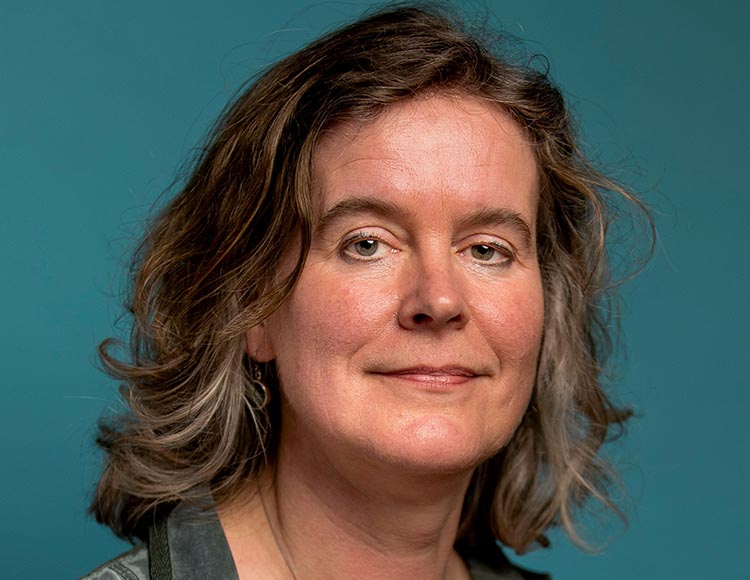
STEM education is an investment into the future. The current state of the climate crisis has highlighted the urgency and importance of nurturing prospective scientists to come up with alternative, sustainable and circular solutions. Key focuses of discussion at the upcoming COP26 conference will centre around magnifying the voices of young people and improving gender equality – and how they can play a crucial role in tackling climate change. The idea of a career in chemistry can seem daunting for young people, as the sector is often perceived as perhaps being industrial, clinical, and too lab oriented. It’s crucial to rewrite this narrative, establishing this career path as one that not only involves scientific knowledge and expertise but also creativity and diversity.
Many exciting innovations and developments within the chemistry sector can have a positive impact on society. By introducing initiatives that encourage young people to embark on a chemistry career, they can be an integral part of the journey to a fossil-free future.
Changing the way we think
The notion that those entering the chemistry industry need to be science-orientated must be altered moving forward to enact change. Creativity and diversity in experience and opinion are essential foundations to produce new innovations in science. Take Leonardo Da Vinci for example. He was an engineer and developed flying machines but is most well-known for his art pieces Mona Lisa and The Last Supper. Without these broader interests and skillsets, incredible inventions in science and technology would cease to exist. It’s important to recognise that inspiration can come from unexpected sources. Anything from art, music, literature to sports can inspire science – it’s time to shift old mentalities and embrace other skills and interests.
Introducing new prospects
Having a team with wide-ranging perspectives, opinions and experiences can spark new ideas. Therefore, employers need to adapt their way of thinking, reprioritise, and extend the search pool to attract a diverse range of candidates. For example, Europe is currently facing a clear shortage of women in STEM careers. Women make up 52 percent of the European population, yet research shows only two out of five scientists and engineers are women. Key factors perpetuating these figures include entrenched gender stereotypes and unfortunate exclusionary, male-dominated cultures. There are also fewer female scientists as role models. These factors combined fuel the gender gap in the industry, resulting in organisations missing out on talented individuals.
One of the ways of attracting diverse talent is starting at education level. Girls are far less likely to choose to study STEM subjects at school, which continues into higher education. In the UK, for example, the Universities and Colleges Admissions Services (UCAS) found only 35 percent of women study STEM subjects. Introducing these subjects as a lead-up to strong, attractive future career options by hosting STEM open days for school-aged children can help to educate a new generation of scientists from an early age. This guidance can be continued throughout all stages of learning, up to supporting and collaborating on Ph.D. research. To attract, recruit and retain women in STEM, courses and working environments should be adapted to be more inclusive and welcoming to women, with representation and visibility of female scientists being crucial.
Design plays a transformative role in developing innovative biotechnology materials, and is reshaping systems across policy, education and manufacturing. There are many talented artists, such as Natsai Audrey Chieza, who are reimagining the intersection between art and science. Chieza is a member of the World Economic Forum’s Global Futures Council on Synthetic Biology and is applying her unique take on science and art to help shape the industry’s continued response to COVID-19. By demonstrating to these young girls that science and art are innately linked and connecting them to these influential, multisectoral individuals, it may ignite an untapped interest or idea.
As science and technology continue to evolve at a rapid pace, businesses must invest in regular training programmes, host webinars, and networking events for current and future employees. These can be used to engage with people and create a support network to provide guidance to help people overcome career challenges. To support women entering these careers, in particular, work environments promoting equal pay, flexibility, strong maternity leave, and family policy are vital.
The current state of the climate crisis demands urgent action and the momentum for innovations to tackle this must continue. A key driver of change will be to inspire and train a new generation of scientists; investing in programmes and equality initiatives for the changemakers to come. By embracing a diversity of backgrounds, perspectives, interests, and skills, we can collectively create sustainable, circular solutions for the future. The time for change is now – Let’s go.
By Heleen Goorissen, Chief Sustainability Officer, Avantium




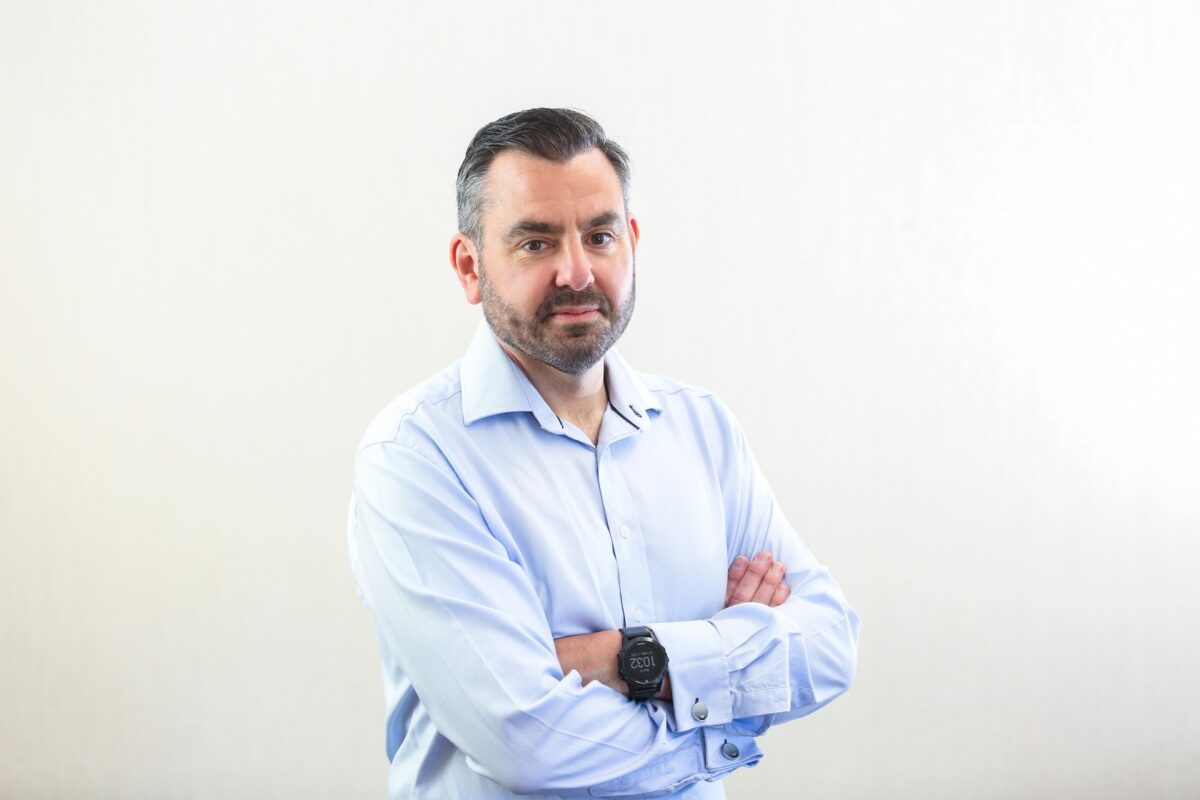
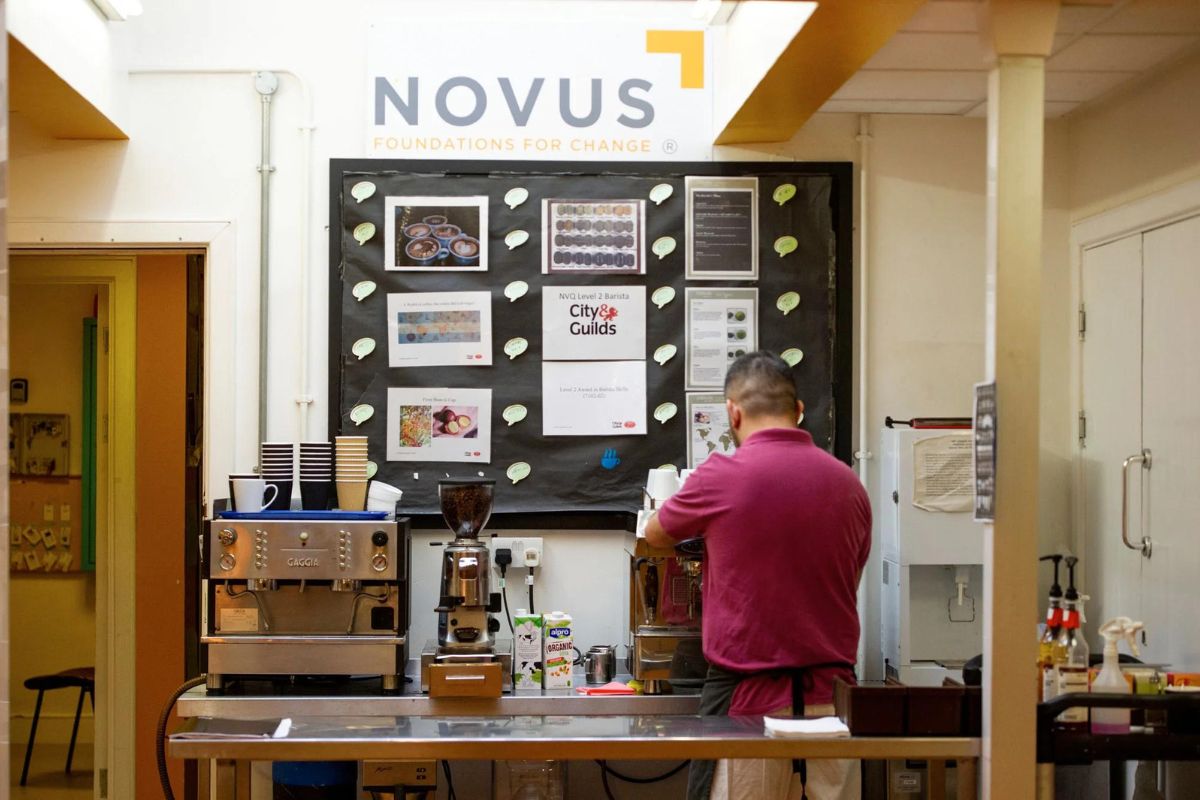
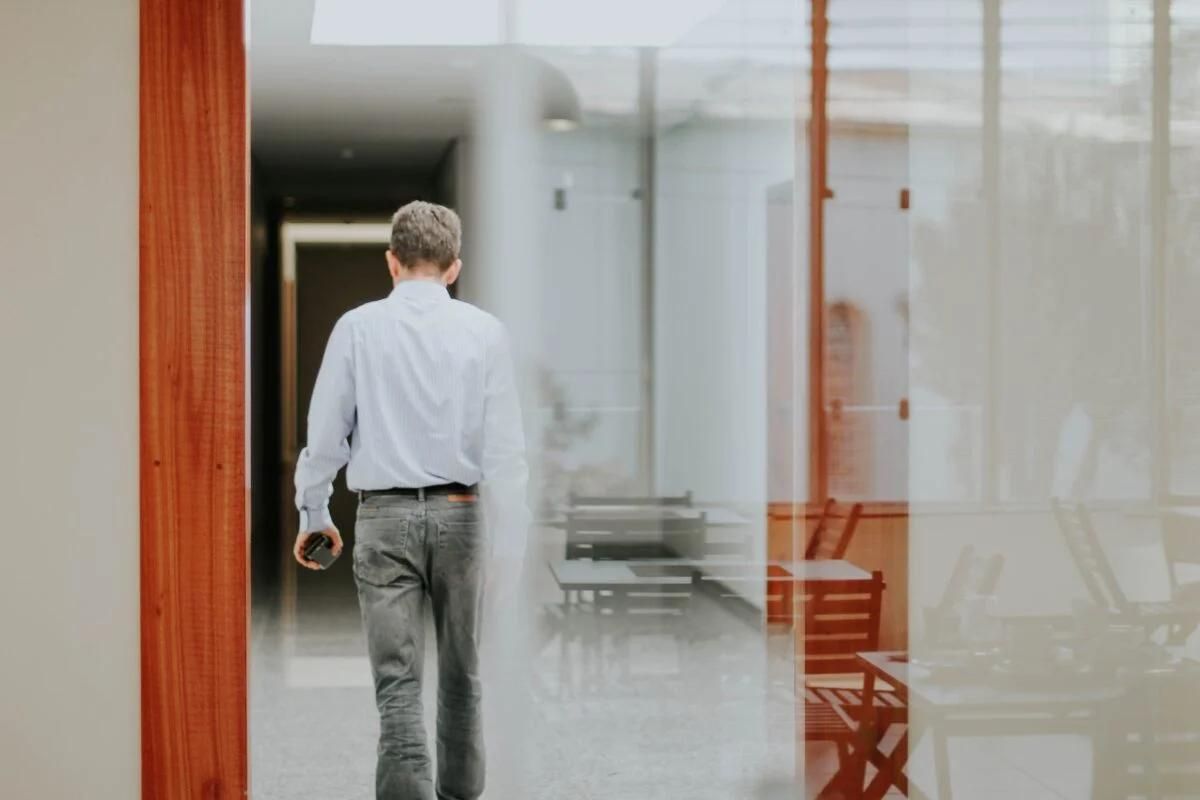




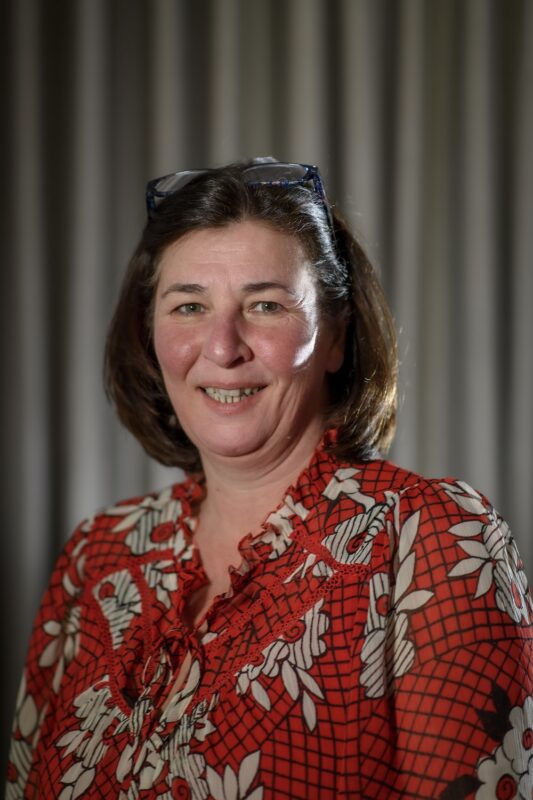
Responses